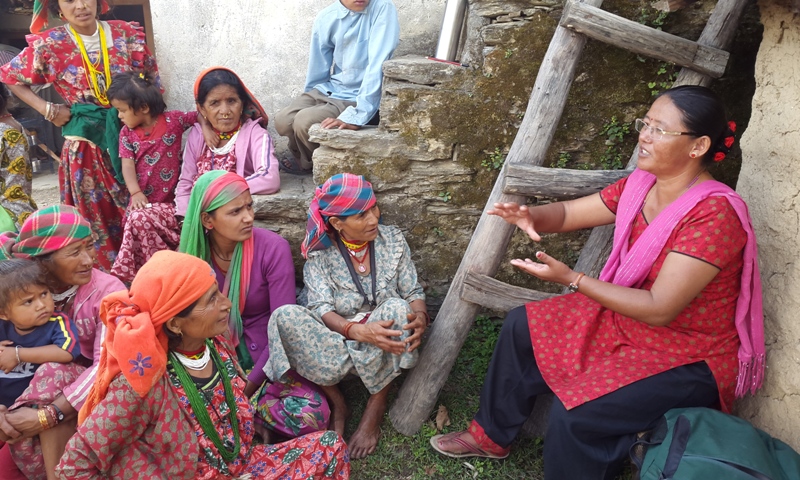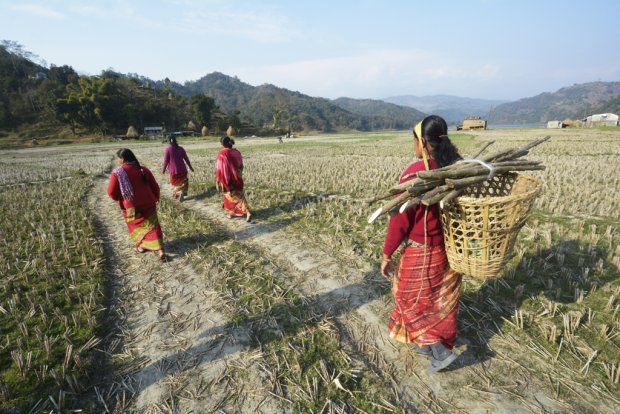Women on the Climate Frontline in Nepal
- Pitambar Sigdel

Kathmandu : In the remote hills of Nepal, when heavy rains sweep away farmland or when drought cracks the soil, it is often women who bear the heaviest load. They walk farther for water, work longer in the fields, and struggle to stretch food supplies for their families. Climate change in Nepal is not an abstract debate — it is a lived experience etched into daily survival.
Figures paint a sobering picture. Nepal ranks fourth among the world’s most climate-vulnerable countries. Between 1999 and 2018, it was listed ninth on the Germanwatch Climate Risk Index for countries most severely affected by climate disasters. Temperatures have steadily risen by 0.056°C every year since 1971, and the signs are visible: erratic monsoons, glacial lake outbursts, landslides, and floods that cost billions of rupees and countless lives.
But the effects are not evenly shared.
“Women in Nepal are disproportionately affected by climate change,” observes Dr. Arzu Rana Deuba, a parliamentarian who has long worked on gender and social justice. Climate stress, she explains, intensifies existing inequalities — poverty, caste barriers, displacement, and limited access to resources. For rural women, this often means harder labor with fewer rewards.
Take agriculture. More than two-thirds of Nepal’s population still depends on farming, but unpredictable weather has shrunk harvests and dried up water sources. With men migrating abroad for work, women are left to manage farms with minimal technology and scant support. They often earn less than men for the same labor, and opportunities outside farming remain rare. “Despite constitutional guarantees of equal rights, women continue to face wage discrimination,” Dr. Rana points out.
The damage reaches beyond livelihoods. Rising temperatures have pushed diseases like malaria and dengue into mountain valleys once thought safe. Disasters like the 2018 landslides caused losses worth 70 billion rupees, sweeping away homes, fields, and roads. Each catastrophe leaves behind not only physical scars but also deepened economic insecurity — particularly for women and girls.
Nepal has not been idle. In 2015, the government launched the National Adaptation Programme of Action, prioritizing community-based solutions: managing forests and water together, promoting biodiversity, and building local disaster preparedness. The country has also pledged to preserve 40 percent of its forests. Yet with only one percent contribution to global emissions, Nepal continues to pay a heavy price for a crisis it did little to create.
The way forward, experts argue, must recognize women as central actors, not just victims. Access to technology for herbal processing, market guarantees for traditional medicinal products, and diversified job opportunities can strengthen women’s resilience. As Dr. Rana puts it:
“Without gender-sensitive approaches, Nepal cannot meet its development and climate goals.”
In the end, the story of climate change in Nepal is not only about melting glaciers or shifting weather patterns. It is about the women who rise every morning to till fragile soil, fetch water from shrinking springs, and hold families together amid uncertainty. Their struggle, and their strength, define the frontline of one of the world’s greatest challenges.





Feedback